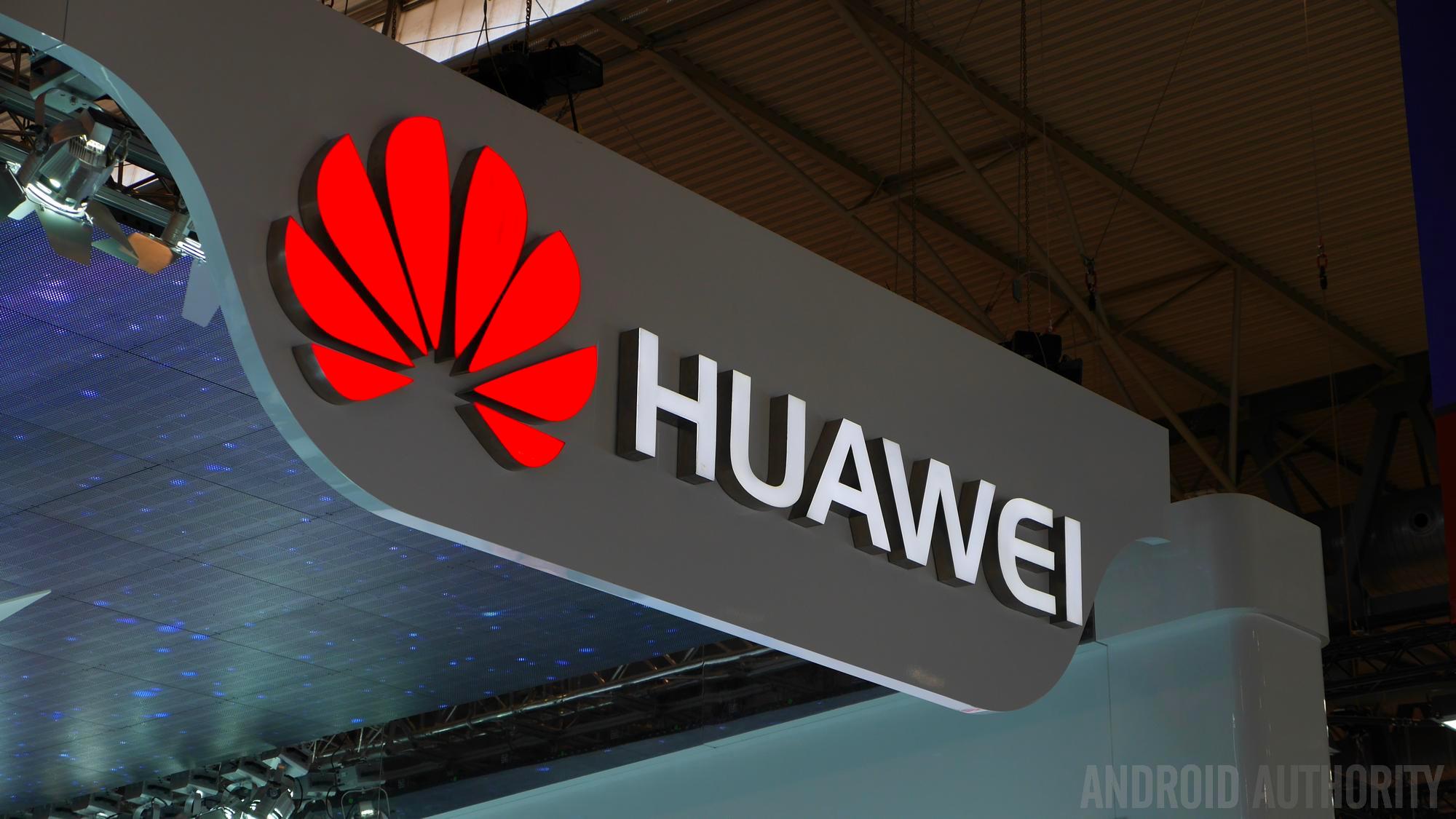Affiliate links on Android Authority may earn us a commission. Learn more.
HUAWEI unveils breakthrough graphene-assisted Li-ion battery
Published onDecember 1, 2016

Watt Laboratory, an organization under HUAWEI’s Central Research Institute, has introduced a new graphene-assisted Li-ion battery which can withstand higher temperatures when compared with ordinary Li-ion batteries.
The new batteries are able to function at a temperature of 60°C (140℉), which is 10°C (18℉) above the current upper limit. They can be used in cellular base stations in high-temperature regions around the world and have a lifespan that is twice as long as ordinary Li-ion batteries.
In addition, the new batteries can extend the range of EVs in high temperatures and can also be used in drones, which tend to produce quite a bit of heat.

Dr. Yangxing Li, Chief Scientist at Watt Laboratory, has stated that there are three technologies that have assisted them in making a breakthrough in this battery technology. The first is a special additive in the electrolytes that can remove trace water and prevent the electrolytes from evaporating in high temperatures.
The second is modified large-crystal NMC materials that are used for the cathode and are able to improve the thermal stability of the cathode powder, while the third is graphene, which allows for more efficient cooling of the Li-ion battery.
Dr. Yangxing Li also said that charging and discharging tests in a high-temperature environment have shown that the graphene-assisted high-temperature Li-ion battery is 5°C (41℉) cooler than ordinary Li-ion batteries. And after being recharged 2,000 times at a temperature of 60°C (140℉), the graphene battery retains more than 70 percent of its capacity.
In other battery-related news, HUAWEI’s Watt Laboratory introduced a quick charging technology back in 2015, which is able to charge 48 percent of a 3,000 mAh battery in only 5 minutes. The company has now said that that technology will soon be available. HUAWEI plans on announcing a new smartphone in late December that will have the new quick battery charging tech onboard.
There is no other information regarding the device for now, so we’ll just have to wait for a month or so to see what Huawei will bring to the table. Stay tuned.
Editor’s note: the text above was edited to correct the Fahrenheit conversion of 10 degrees Celsius in the second paragraph.